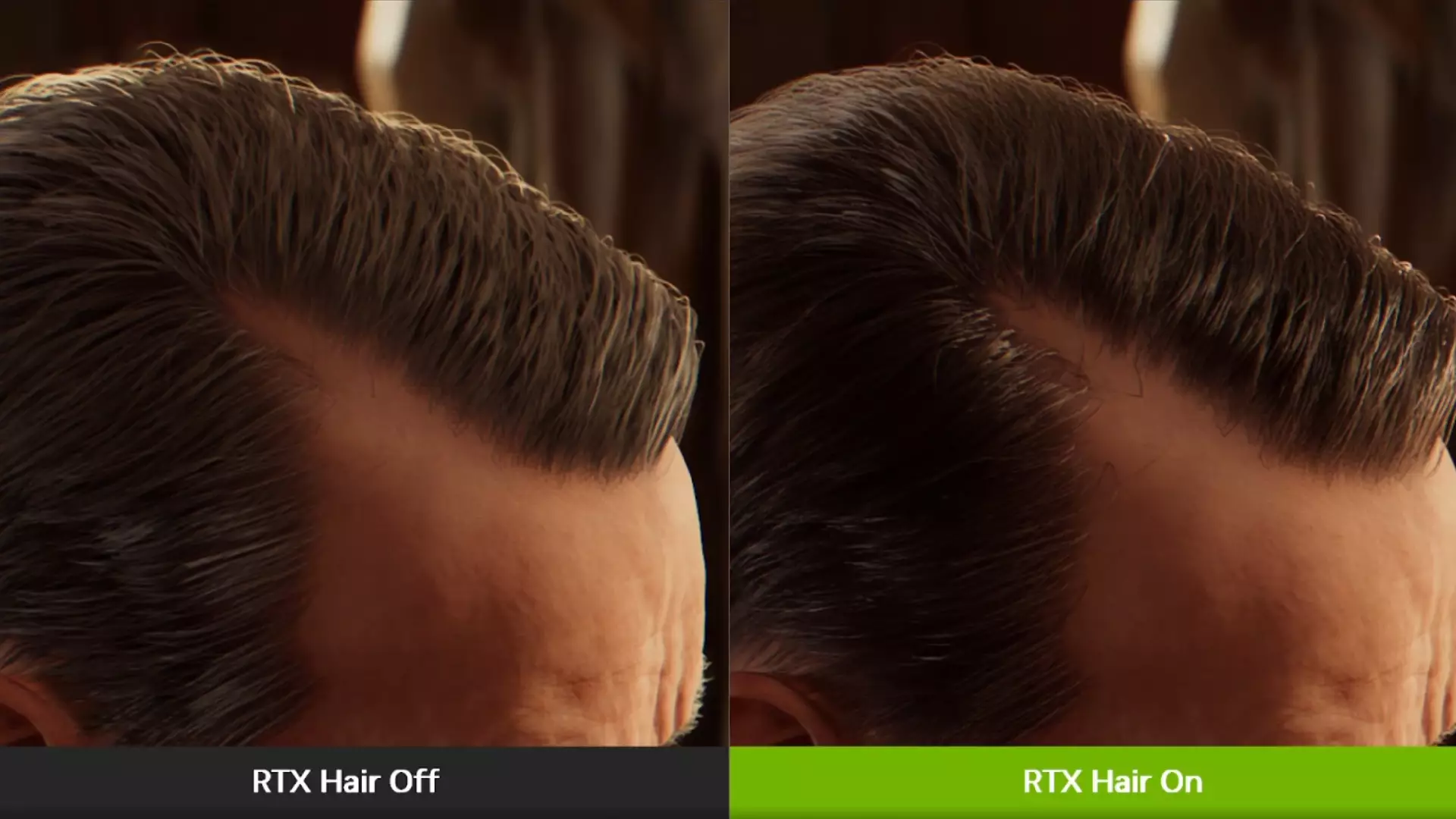The pursuit of hyper-realistic graphics has always driven the evolution of video game visuals, and Nvidia’s RTX Hair technology represents a bold stride in this ongoing quest. For years, gamers and developers alike have grappled with the challenge of rendering hair convincingly, knowing well that strands of hair are remarkably complex in their natural form. Nvidia’s latest innovation promises not only to elevate this area but to fundamentally change the way hair is visualized in virtual environments. This technology promises to bridge the gap between digital fantasy and reality by transforming hair rendering from a resource-intensive, often disappointing feature into a smooth, life-like spectacle.
What makes RTX Hair particularly compelling isn’t just its visual fidelity but its underlying approach to solving longstanding technical hurdles. Traditional methods used in previous game engines involved tessellating hair strands into numerous polygons, which strained system resources and often resulted in grainy or unnatural hair appearances. Nvidia’s adoption of Linear Swept Spheres (LSS) as a primitive offers a new way to simulate individual hairs, capturing their fluidity and shape more naturally with less performance degradation. In essence, it’s akin to moving from a patchwork quilt to a detailed, finely tailored fabric—an upgrade that affects both beauty and efficiency.
The Technical Edge: How RTX Hair Sets Itself Apart
What truly distinguishes RTX Hair from prior efforts is its innovative use of LSS. Instead of relying on a mesh of connected polygons, Nvidia’s method employs these swept spheres to define hair strands. This approach allows the rendering to remain lightweight, fitting comfortably within the VRAM constraints typical of gaming hardware. From a practical standpoint, this means stunning hair visuals can be achieved without sacrificing frame rates, a crucial consideration for maintaining immersive gameplay.
Moreover, RTX Hair goes beyond basic shape and shading enhancements. The technology facilitates richer lighting interactions—better shadows, highlights, and reflections—turning ordinary hair into a dynamic element that reacts convincingly to the environment. For players, this translates into a visual experience that’s strikingly realistic: hair pours naturally, catches the light with authenticity, and responds interactively to the conditions of the scene. Gone are the days of stiff, unnatural tresses; in their place, we get flowing, vibrant, Vita-style hair that adds depth and personality to characters.
The Grand Potential and Lingering Questions
While the promise of RTX Hair lighting up virtual worlds is undoubtedly exciting, historical context urges us to be cautiously optimistic. Nvidia HairWorks, a previous attempt to add realistic hair effects, was an impressive but imperfect feat—often compromising performance for visual quality. The question remains: can RTX Hair truly deliver on its promises without repeating past missteps? The early indications suggest that it can, primarily due to its more efficient primitives and strategic focus on performance preservation. But real-world implementations will be the true test, especially in open-world games and scenes loaded with complex physics.
Furthermore, the technological leap asks whether developers and gamers alike will embrace it wholeheartedly. Will game creators prioritize hair realism enough to allocate resources, and will players notice or care amid the bombardment of other graphical enhancements? Only time will tell. Yet, the potential for richer character designs, more immersive storytelling, and even easier customization points toward a future where digital hair will no longer be an afterthought but a core asset contributing to the narrative’s authenticity.
This is not just about aesthetics; it’s about pushing the limits of what virtual environments can simulate. Nvidia’s RTX Hair could catalyze a broader shift toward more naturalistic digital representations—further blurring the line between the virtual and the real. If successful, it might ignite a new era where every strand of hair, every ripple of fabric, and every flickering shadow coalesces seamlessly into the fabric of immersive realism.

